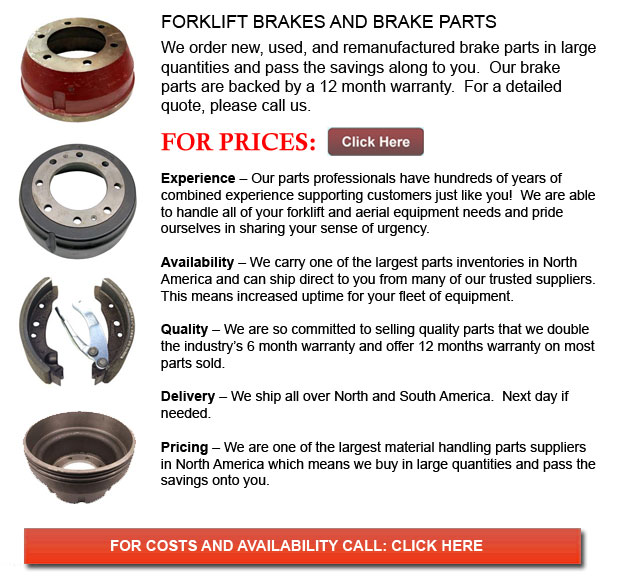
Forklift Brakes - A brake drum is wherein the friction is supplied by the brake shoes or brake pads. The pads or shoes press up against the rotating brake drum. There are several other brake drums types with certain specific differences. A "break drum" will generally refer to if either shoes or pads press onto the interior surface of the drum. A "clasp brake" is the term utilized so as to describe when shoes press against the outside of the drum. Another kind of brake, referred to as a "band brake" utilizes a flexible belt or band to wrap around the outside of the drum. Whenever the drum is pinched in between two shoes, it can be referred to as a "pinch brake drum." Like a typical disc brake, these types of brakes are somewhat uncommon.
Previous to the year 1995, early brake drums needed constant modification periodically so as to compensate for shoe and drum wear. Long brake pedal or "Low pedal" travel is the hazardous outcome if adjustments are not done sufficiently. The motor vehicle could become hazardous and the brakes can become useless whenever low pedal is mixed along with brake fade.
There are several different Self-Adjusting systems utilized for braking presented these days. They could be classed into two individual categories, the RAI and RAD. RAI systems are built in systems which help the apparatus recover from overheating. The most popular RAI makers are Bendix, Lucas, Bosch and AP. The most famous RAD systems comprise Volkswagen, VAG, AP, Bendix and Ford recovery systems.
Self adjusting brakes normally use a tool which engages just when the motor vehicle is being stopped from reverse motion. This stopping technique is satisfactory for use where all wheels make use of brake drums. The majority of vehicles now utilize disc brakes on the front wheels. By operating only in reverse it is less probable that the brakes would be adjusted while hot and the brake drums are expanded. If adjusted while hot, "dragging brakes" could happen, which increases fuel intake and accelerates wear. A ratchet tool that becomes engaged as the hand brake is set is one more way the self repositioning brakes could work. This means is just appropriate in functions where rear brake drums are used. When the parking or emergency brake actuator lever goes beyond a specific amount of travel, the ratchet improvements an adjuster screw and the brake shoes move toward the drum.
Located at the base of the drum sits the manual adjustment knob. It could be adjusted using the hole on the other side of the wheel. You will have to go beneath the vehicle along with a flathead screwdriver. It is very essential to be able to adjust each wheel evenly and to move the click wheel correctly in view of the fact that an uneven adjustment could pull the vehicle one side during heavy braking. The most effective way to make certain this tiresome task is done safely is to either raise each wheel off the ground and hand spin it while measuring how much force it takes and feeling if the shoes are dragging, or give each one the exact amount of clicks manually and then perform a road test.
![]() Click to Download the pdf
Click to Download the pdf
Forklift Parts
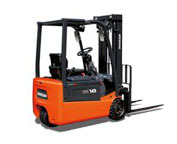
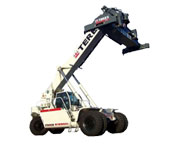
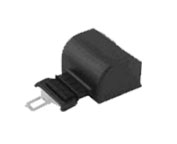
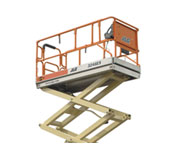
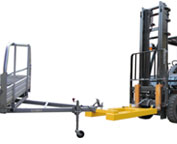
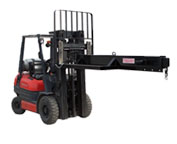
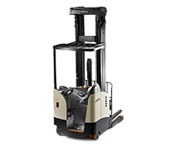
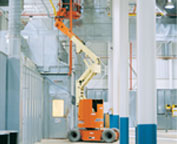
Lift Parts Express
TOLL FREE: 1-888-695-7994
Elko, Nevada
forkliftpartselko.com
Email Us
About Us


